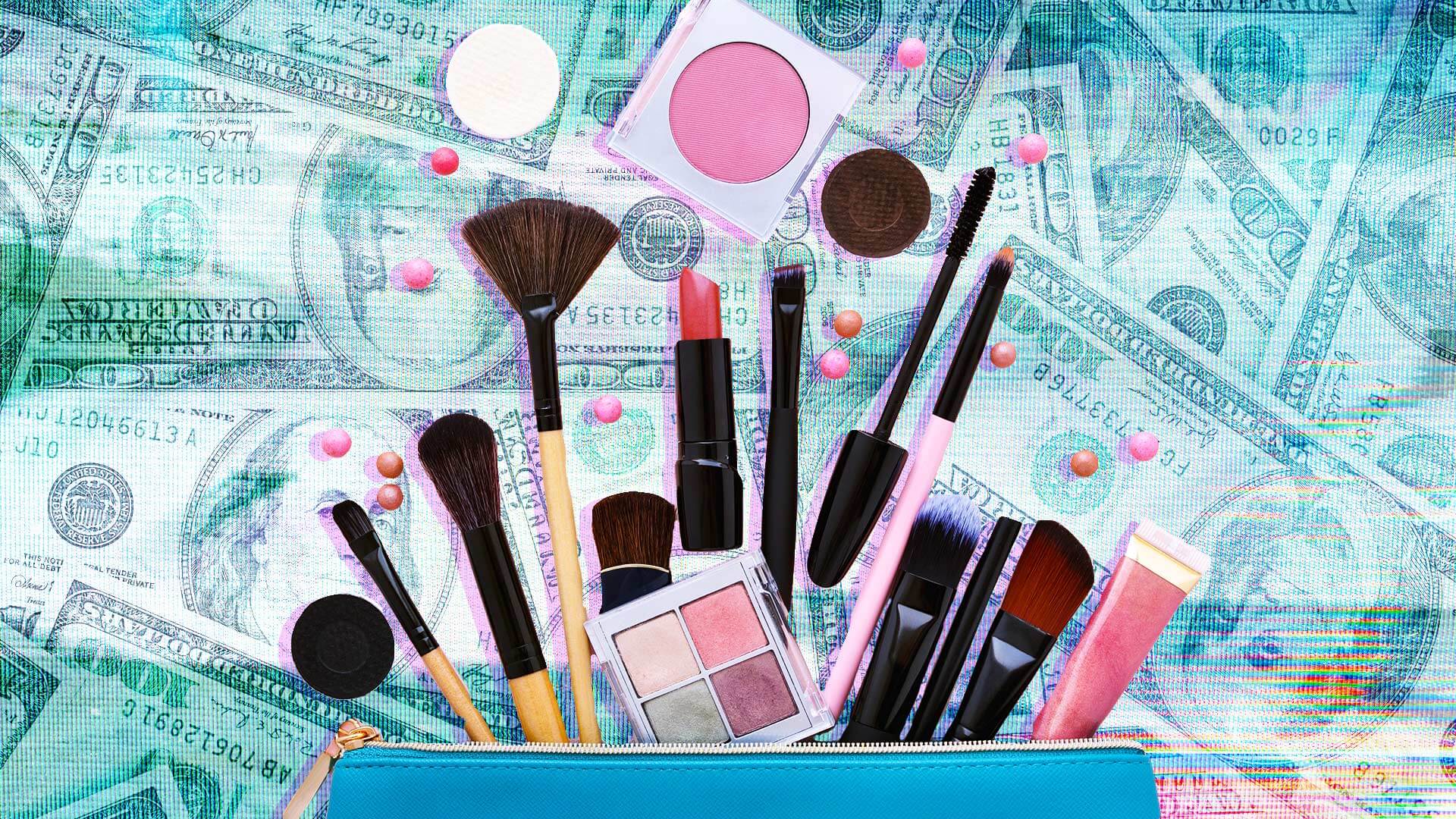Ever wonder why some beauty products cost $50 when drugstore dupes are a fraction of the price? The true cost of cosmetics has raised eyebrows for years. However, more brands––especially direct-to-consumer (DTC) brands –– have challenge the market with affordable, effective products and transparent pricing. Now, the beauty community is looking for answers.
Mark ups are necessary for a brand’s survival. However, huge discrepancies in price versus production costs have made consumers curious: Why are we paying so much? As the beauty industry exceeds $500 billion in value, beauty enthusiasts want to know exactly what they’re paying for. Here’s what we know:
The Making of a Markup
Lately, there’s been a lot of excitement over the low production cost for standard makeup products. However, the bills don’t stop at production. Brands front huge start-up costs at their inception –– just getting off the ground costs most brands $2 billion, at least!
Then comes product development and manufacturing –– which goes beyond per-item production price. Brands pair with third-party labs to create their products, either from “ready-to-wear” stock formulas or expensive custom options. Therefore, brands must choose to ramp up costs or settle for a stock recipe in their collection.
These manufacturers and chemists cost anywhere from $500 to $25,000, with formulas and packaging to averaging $2 to $3 per unit. Combine those numbers with minimum order requirements and brands wind up with a hefty price tag.
Finally, if brands can get off the ground, they face ongoing costs to maintain marketing efforts, operations and warehousing –– not to mention funding new products to extend their collection.
A Note on Notoriety
And for some brands, the price has nothing to do with products. Prestige brands like Dior and Chanel (fashion natives that are relatively new to beauty) use cosmetics to supplement other ventures (e.g. their exclusive high-fashion designs). By tacking on their big names, the end price seems to justify the means.
“Because cosmetics are so cheap to make, [some brands] use the opportunity to make 90% profit on the makeup they sell you in order to subsidize the rest of their business,” said Julie Fredrickson, CEO and co-founder of Stowaway Cosmetics, in a 2018 interview. “Your lipstick is paying for everything from really expensive brand campaigns, to unprofitable designer clothes, to the profits for the retailer that sells the makeup to you.”
Becoming the Supply Chain
According to Vox, a brand sacrifices about 50 percent or more of its gross profits when it sells to a retailer, versus selling DTC. One way of cutting these costs is taking more responsibility in-house. ColourPop has mastered this system by developing its own supply chain, from development to retail.
By removing lab requirements, ColourPop stays flexible in its production efforts, meaning the company can more readily respond to trends and save money for other projects. Also, having an in-house team means products can be developed and released at ColourPop’s signature lightning speed –– There’s no red tape when you own your own facility! Across its LA campus, every CP department works to roll out highly effective products at unprecedented speed, while continuing to sell its Super Shock Shadows and Lippies for only $6.
These practices aren’t all good news (fast beauty is causing huge waste and overconsumption across the globe). However, they do ensure consumers aren’t overcharged while receiving high-quality cosmetics and warranting a cult following.
Letting Consumers in on the Info
Other companies have made cutting these costs the basis of their brand identity. Marcia Kilgrove, founder of Soap & Glory, Bliss and now, Beauty Pie, took a page out of the DTC playbook to make her most recent venture as affordable and transparent as possible. With a monthly membership, Beauty Pie customers can shop high-quality products at wholesale prices –– think Sam’s Club for cosmetics.
How do they do it? Products are sourced from the same labs and with the same formulas as big brand products. However, the company cut cost by using standard packaging, eliminating retailers and using zero endorsements. Also, everything is sold online. Online, customers can compare Beauty Pie pricing with would-be competitors and see an exact breakdown of where their money is going, from the amount spent on product + packaging to warehousing and safety + testing.
Of course, the company has the same costs as any other brand (e.g. rent, staffing, etc.). To offset, BeautyPie balances membership fees with respective spending caps and prices its products dynamically, meaning the cost to both Beauty Pie and consumers changes with the market. By letting their audience in on the otherwise BTS processes, Beauty Pie has created a culture of trust. And customers are assured they’re getting exactly what they pay for.
Where Do We Go From Here?
So, why aren’t other brands following suit? For one, not every company –– especially the increasingly popular indie brands –– can afford to build and fund their own lab. As for larger companies, many have established relationships with manufacturers that grant them purchasing power and premium access.
The huge profitability of beauty conglomerates like L’Orèal would suggest these prestige brands are investing in developing products with unique formulas. However, product development in the beauty industry has always been hush hush, with some in the community even suggesting brands not patent their products to keep formulas close-to-heart. Having little transparency on processes and partnerships leaves consumers wondering: Is this $50 lipstick something new or just a stock formula?

